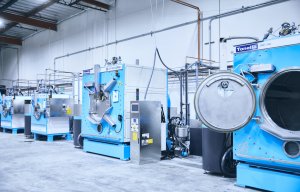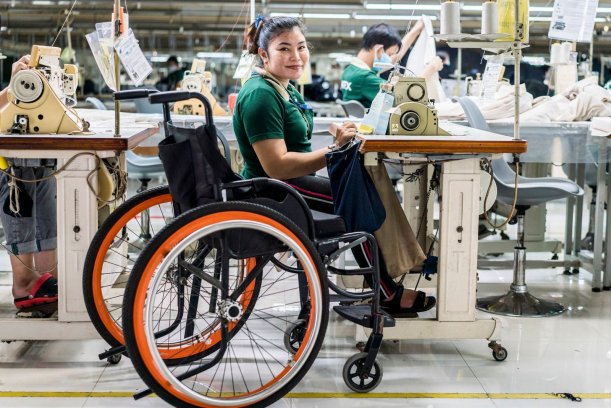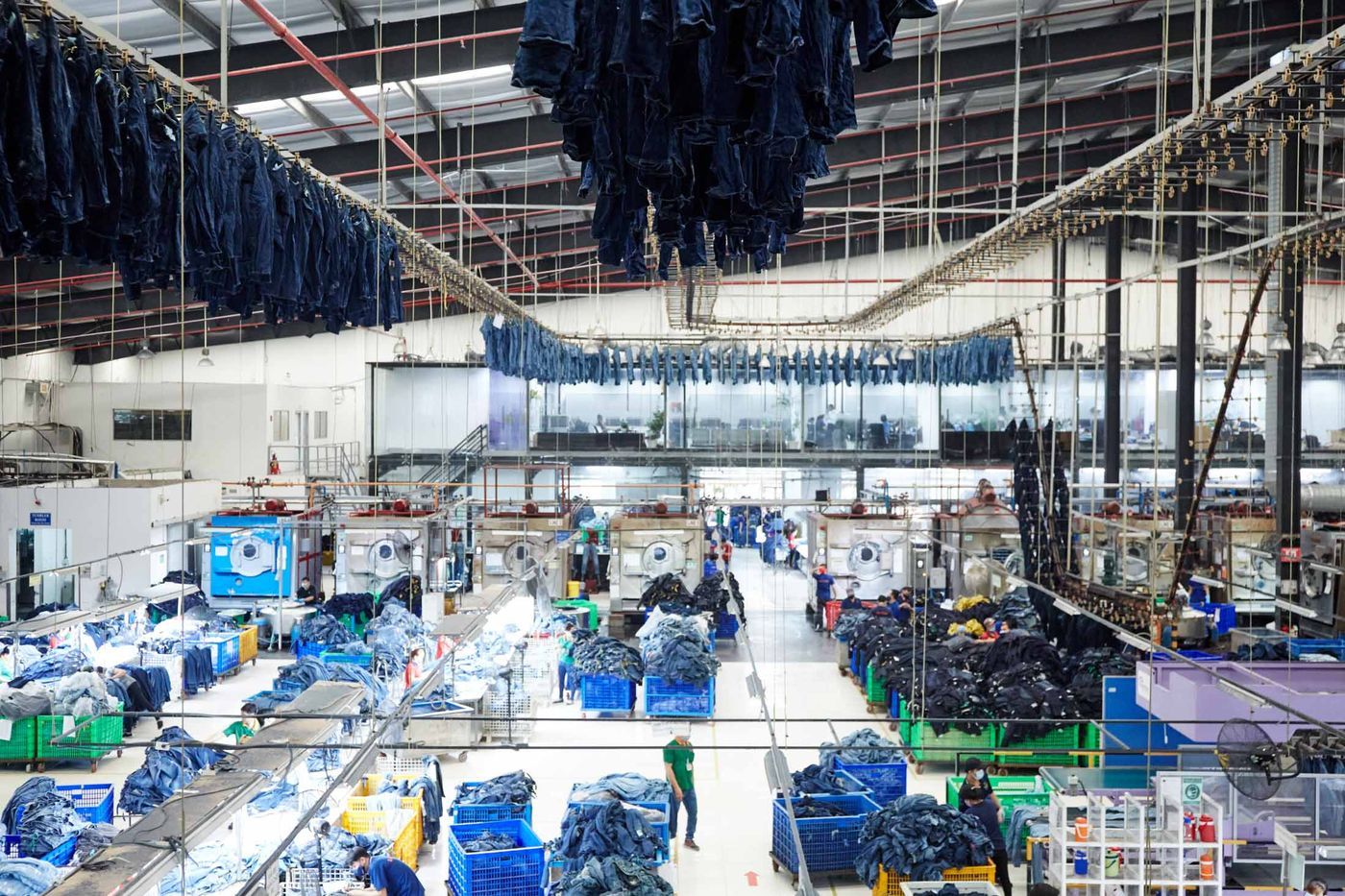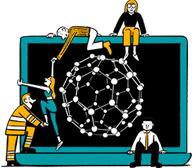
Saitex joins the companies bringing denim back home
Apparel output and denim mill production both climbed, while carbon emissions fell in 2024.

6th October 2025
Innovation in Textiles
|
USA & Vietnam
For years, fashion manufacturing has faced an uncomfortable paradox. The industry thrives on growth, yet its environmental impact grows with it. Many brands talk about decarbonisation but few have shown that expansion and sustainability can truly move in the same direction. Saitex, the Vietnam and US-based apparel and denim manufacturer, appears to be one of the rare exceptions.
The company’s newly released 2024 Impact Report paints a picture that is both ambitious and surprisingly pragmatic. Production volumes surged – apparel output rose by 25% and denim mill production more than doubled – yet carbon emissions per garment fell by 18% and per metre of fabric by 16%. Electricity use declined, renewable energy use climbed, waste was reduced and community programmes expanded their reach.
In short, Saitex grew, but its footprint didn’t.
“Our mission has never been about incremental change, but about systemic transformation,” says founder and CEO Sanjeev Bahl.
It’s not an empty statement. Since its founding in 2001, Saitex has steadily built a reputation as ‘the cleanest denim factory in the world’, transforming from a straightforward manufacturer into a fully fledged ecosystem. It now includes vertically integrated production sites in Vietnam and the US, its own fabric mill, circular innovation through the Stelapop upcycling lab, workforce inclusion initiatives such as Rekut and creative repair collaborations through Atelier & Repairs.
The numbers behind this transformation are telling. Electricity consumption per garment dropped by nearly 7% and steam use fell by more than a quarter. The company planted thousands of trees through its partnership with Gaia Nature Conservation, supporting a broader carbon offset strategy that reached 35% last year.
At its denim mill, 70% of energy now comes from renewable sources, with waste reduced by 8% and 92% of remaining material recycled.

Community outreach programmes also grew last year, reaching more than 13,000 people through clean water projects, education schemes and environmental awareness campaigns. The Rekut initiative continues to bring disabled workers into the core workforce, while a new Gaia x Saitex employee project links workplace action to ecosystem restoration.
The report isn’t all polished success though. Water use and wastewater discharge rose temporarily because of planned filter maintenance, while gas consumption increased due to growing demand for 3D fashion processes. An internal labour audit found cases of undeclared Sunday work, which have since been rectified through back pay, retraining and new compliance systems. Saitex doesn’t gloss over these setbacks, framing them as part of a process of continuous improvement, with fixes already underway.
The company’s roadmap is equally bold. Its Vietnamese apparel manufacturing operations are aiming for 100% renewable energy by 2027, with 35% on-site solar expected by 2026. The denim mill plans to complete a closed-loop wastewater system by the end of 2025 and is working towards net-zero operations by 2030. System-wide, Saitex is pushing further into circular design, expanding the use of NFC-powered trims and setting its sights not just on neutrality but on becoming carbon positive.
In a sector often criticised for lofty sustainability promises that never quite translate into action, Saitex stands out for showing its workings. Its approach isn’t perfect, but it is transparent, data-driven and unapologetically ambitious. The 2024 Impact Report is less a PR exercise than a blueprint for what clean manufacturing at scale can look like.
As fashion brands face increasing regulatory pressure and consumer scrutiny, the industry will need more than aspirational rhetoric. Saitex, as an example, example suggests that with the right infrastructure, clear goals and a willingness to tackle problems head-on, growth and decarbonisation don’t have to be at odds.

Business intelligence for the fibre, textiles and apparel industries: technologies, innovations, markets, investments, trade policy, sourcing, strategy...
Find out more